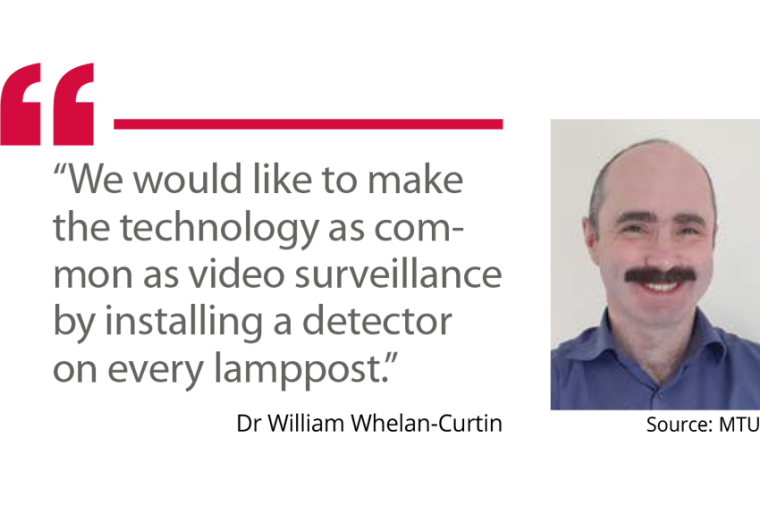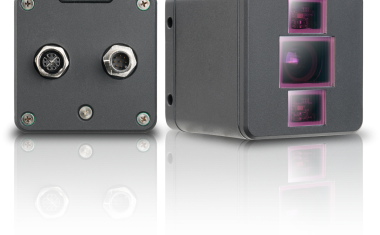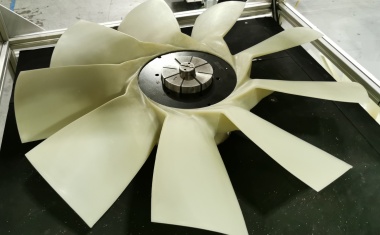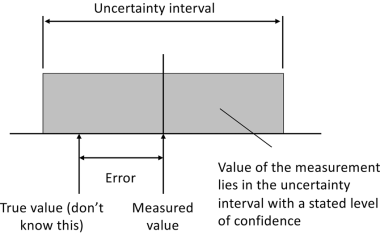Gas detector to prevent millions of air pollution deaths
A new gas-sensing network that analyzes multiple gasses in real time in towns and cities is being developed to prevent deaths caused by ambient air pollution.
This new air quality monitoring system uses cutting-edge laser technology to detect even the smallest amount of toxic gasses in large, densely populated regions. With multiple sensors connected to form a gas analysing network, the units can spot trace amounts of numerous gasses – including nitrogen dioxide, sulphur dioxide, carbon monoxide, ozone, and particulate matter – in real time in dynamic environments like schools, towns, and cities.

Currently, methods for assessing air quality in urban environments rely on huge units the size of refrigerators, which can cost up to 100.000 euros. Low-cost sensors rely on chemical reactions, which are inaccurate and can give false readings.
However, the 6.9 million euro EU-funded project called Passepartout aims to provide a compact detector with a complete understanding of the types and concentrations of toxic gases at a much more reasonable price. In issue 3/2024 of PhotonicsViews, project coordinator Dr William Whelan-Curtin said: “The miniature Passepartout hyperspectral optical-based sensors will provide a comprehensive approach to understanding urban air quality. To have a widespread network and to take meaningful steps towards a smart city, current, expensive methods are not feasible.”
The system works by using the photo-thermal and photo-acoustic effects. The laser creates pulses or small blasts of laser light. When the laser light hits a toxic gas, the molecule absorbs light energy, giving off a heat ‘signature’ that is then reported back to the system. The system then unmistakably identifies what the harmful gas is, as well as how much of it is present. The Passepartout system goes a step further by using quartz tuning fork technology or quartz-enhanced photo-acoustic spectroscopy, QEPAS.
QEPAS is particularly useful for the detection and quantification of trace gases in challenging environments. A quartz tuning fork with a sharp mechanical resonance is used to detect the signals generated by the gas sample while suppressing the background noise. This tuning fork detects the acoustic waves generated by the gas as it heats and cools. The signal is then analyzed to determine the concentration of the target gas. The exact wavelengths of the laser, or lasers, can be tuned to match the characteristic absorption spectrum of the target gas, meaning the system categorically detects specific gases, like carbon monoxide or sulphur dioxide.
“We are working to provide a system with high precision and excellent spatial resolution to detect NOx, SO2, NH3, CH4, CO, CO2, and black carbon,” Whelan-Curtin said. The Passepartout project is coordinated by Munster Technological University and includes nineteen more partners, among them Etg Risorse E Tecnologia, Argotech, Nanoplus, Vario-Optics, AUG Signals Hellas, and Haze Instruments. (Source: Photonics21)











